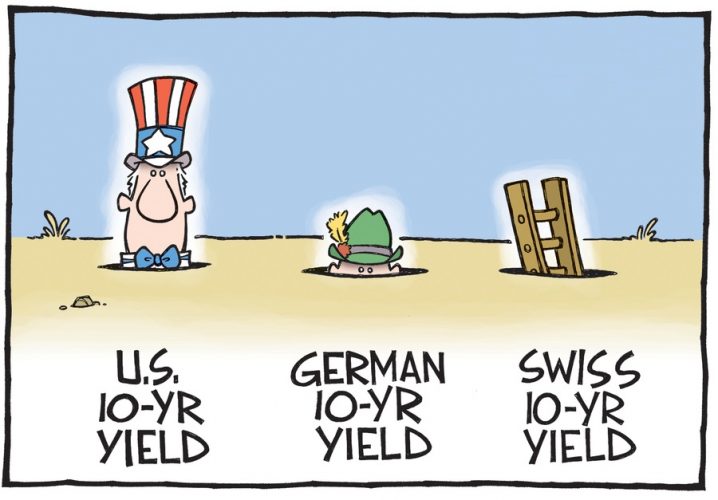Low-Yield Market Options Strategies

If you’re frustrated with the low yields this market has to offer, you’re not alone. Finding dependable yields over 4%, much less double-digit yields, is nearly impossible in the current market environment.
For instance, the S&P 500 throws off a yield of just 2%. This month, the Federal Reserve voted to keep interest rates at all-time lows once again. Bonds are barely beating inflation, and the yields on blue-chip stocks are pathetic.
This had led some investors to “reach for yield,” i.e., buy risky stocks with higher payouts. More often than not, this strategy leads to big losses. Over the past 12 months, the average return for stocks with 10%-plus yields is an abysmal -29%.
To make matters worse, stocks are trading near all-time highs and carry lofty valuations. This makes owning them a riskier proposition than usual.
For conservative income investors in particular, this is an incredibly tough market to navigate. Fortunately, there is still a way to generate more income than you ever thought possible from the safest stocks out there.
One of the Safest Ways to Earn High Income
I have devoted my career to showing income investors how to generate outsized gains with simple, low-risk strategies.
Before becoming a full-time trader, I served as a military intelligence analyst for the U.S. Army. I began teaching myself about the market between deployments and was soon generating income that exceeded my regular military salary.
Today, I want to teach you about one of my go-to techniques: selling covered calls.
This simple strategy involves options — a tool most investors don’t use regularly because of their preconceived notions about options being risky. But when done properly, selling calls can be one of the safest and most lucrative ways for income investors to make money.
How Covered Calls Work
A call option gives the buyer the right — but not the obligation — to buy a stock from the call seller if it’s trading above a specified price, known as the strike price, before a specified date.
When you sell (or write) a call option, you have the obligation to sell a particular stock at the strike price if it should rise above that price before the option expires. I only recommend selling covered calls, which means you own the stock you’re selling the calls on.
Essentially, covered calls allow you to get paid upfront to potentially sell a stock you own at a higher price sometime in the future. Whether the stock goes up or down, you can come out ahead.
That’s not to say covered calls are risk-free — no investment is. But they can actually help reduce risk.
Consider what happens when you sell a covered call:
For every option you sell, you receive income, known as a premium, upfront in exchange. This money is yours no matter what. It’s deposited in your account just like a dividend.
Once you sell a covered call, one of two things can happen — either the underlying stock rises in price or it falls.
If it declines in price, your shares will decrease in value, but you have the option premium to counter the loss. In other words, if the shares fall, you’re better off selling covered calls than simply holding the stock.
If shares stay below the strike price through expiration, the option expires worthless for the buyer. That’s not necessarily a bad thing for sellers, though, because this means we keep the shares and have a chance to sell another call to capture another income payment. This is why you should only sell calls on high-quality stocks you would be happy to own for the long term.
If the stock rises above the call’s strike price, you will have to sell your shares to the option’s owner. Anything between the price at which you originally bought the shares and what you sell them for is pure profit, in addition to the cash earned when you sold the option.
The only time you really give anything up with this strategy is if a stock’s price soars past the strike price during the option’s short life. In that case, you’ll miss out on some capital gains.
Furthermore, a covered call strategy is perfect for the kind of market we’re in right now for two reasons:
1. High volatility means higher option premiums, giving us the chance to collect more money for the options we sell.
2. When markets are range-bound, it’s less likely a stock will go soaring higher and we’ll miss out on big gains.
Take Apple (NASDAQ: AAPL) for example. So far this year, we’ve sold three calls on the stock, bringing in $ 775 for every 100 shares we purchased. The annualized return on these trades was more than 40%. That’s pretty spectacular when you consider Apple only throws off a yield of 2.4% and shares are down more than 8% year to date.
It’s for this reason that I consider covered calls to be one of the safest ways to earn high levels of income in this low-yield environment. They’re perfect for anyone from young couples struggling to make ends meet to retirees looking to pad their nest egg.


